Washington, May 17 (V7N) – U.S. President Donald Trump has wrapped up a headline-making four-day trip across the Middle East, covering Saudi Arabia, Qatar, and the United Arab Emirates. His visit – rich in diplomatic fanfare, high-level meetings, and cultural displays – is being hailed by his supporters as one of the most impactful and visually striking White House-era Middle East tours in recent memory.
Speaking to reporters aboard Air Force One, Trump took the opportunity to contrast his reception with that of Former President Joe Biden’s 2022 visit to the region. Notably, Biden’s brief interaction with Saudi Crown Prince Mohammed bin Salman—limited to a fist bump—had drawn criticism amid concerns over human rights and the 2018 killing of journalist Jamal Khashoggi.
“I shook more hands than any human being is capable of doing,” Trump remarked. “They don’t want a fist bump. They want to shake his hand.”
During his May 12–16 tour, Trump was met with elaborate ceremonies and a warm diplomatic embrace. In Riyadh, he was greeted with a red-carpet welcome and took part in ceremonial events in gilded royal palaces. The Saudi government also signed several multi-billion-dollar commercial agreements with American firms, underscoring what Trump described as a “renewed era of economic cooperation.”
In Qatar, Trump was visibly impressed by the lavish interiors of Doha’s luxury hotels, praising their architecture with the eye of a real estate magnate. “The marble floors, the columns – they’re just stunning,” he said. Qatar has played a pivotal role in U.S. military and diplomatic strategy in the region, and the stop included discussions on defense and regional energy policy.
The final leg of the trip took Trump to Abu Dhabi, where he visited the Sheikh Zayed Grand Mosque, a towering white-marble landmark and a symbol of Islamic architecture. "Incredible," he commented, visibly awed by the mosque's minarets, domes, and intricate mosaics.
Context and Analysis
Trump’s Middle East diplomacy has long emphasized transactional relationships over traditional human rights discourse, favoring arms deals, energy partnerships, and symbolic gestures of strength. His latest tour appeared consistent with this approach, focusing on business ties and personal rapport with Gulf leaders rather than raising contentious political issues.
The visit also positions Trump as a continuing player on the global stage amid speculation about a possible 2024 presidential run. His team has suggested that the tour was not only about foreign policy, but also about reinforcing his image as a dealmaker and global statesman.
While critics have dismissed the trip as more style than substance, supporters argue that the agreements and visibility Trump achieved during the visit mark a clear departure from what they see as Biden’s more cautious and morally driven diplomacy.
As Trump heads back to the U.S., the geopolitical ripples of his Middle Eastern engagements remain to be seen – but there is no doubt the former president still knows how to command the spotlight abroad.
END/WD/AJ/



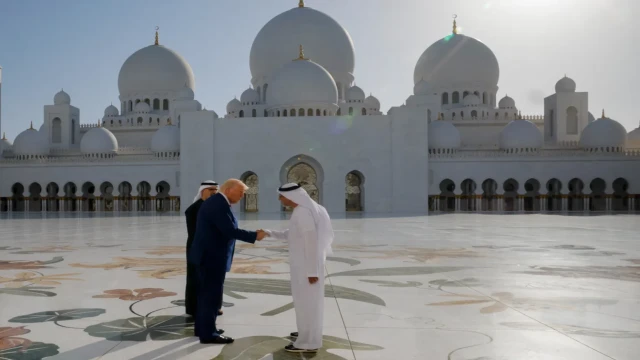
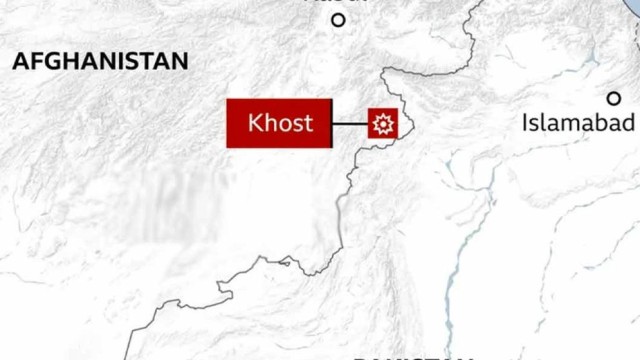
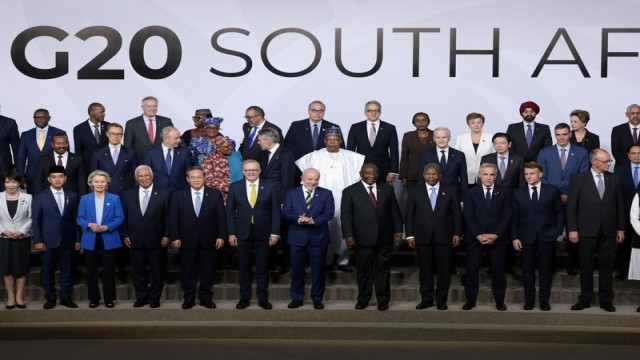

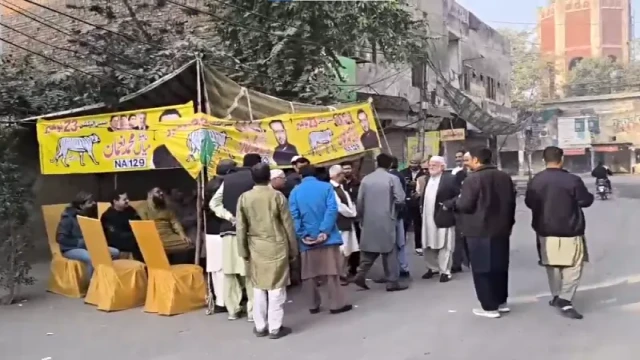
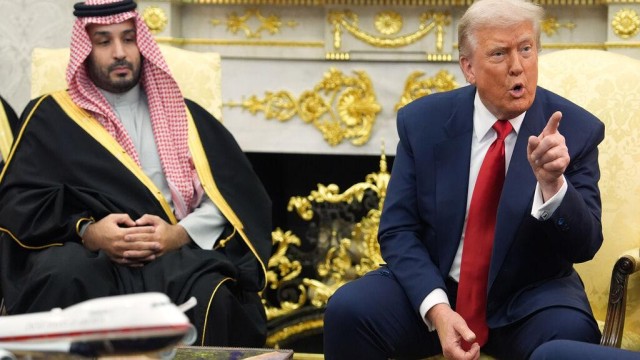
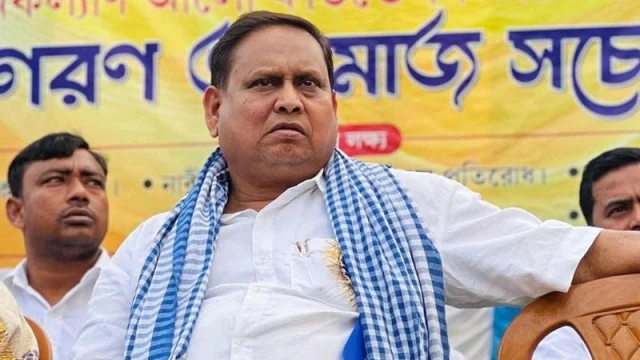
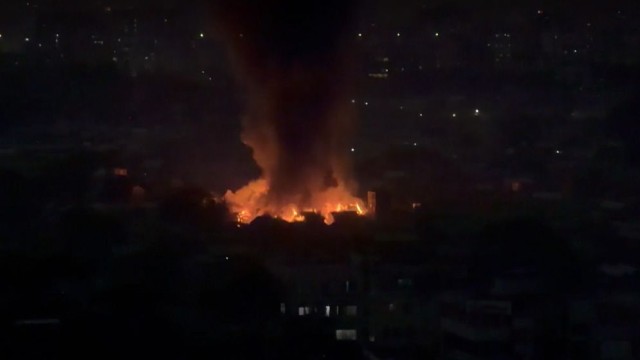
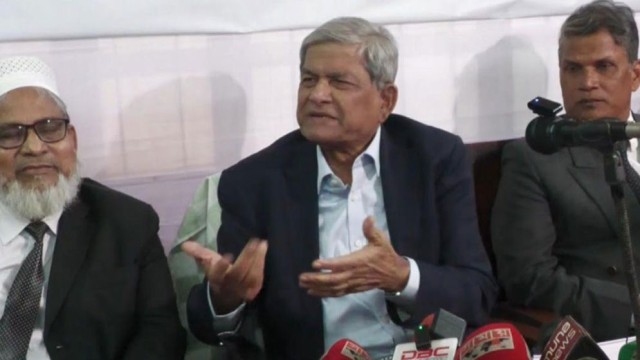
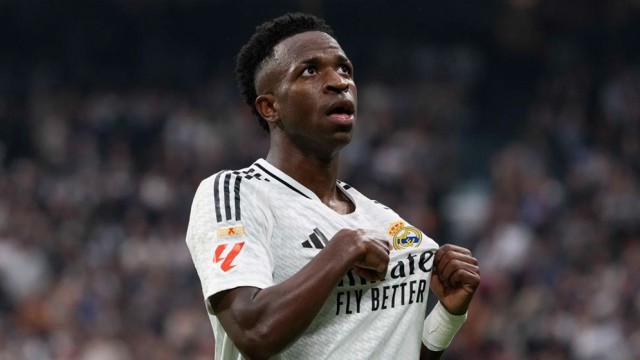
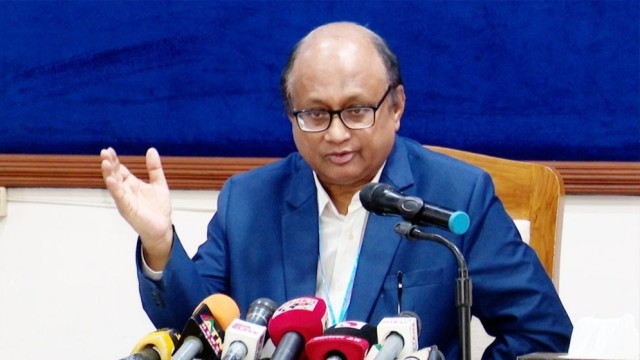
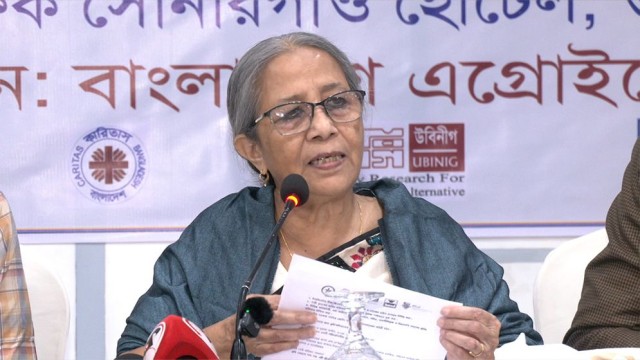
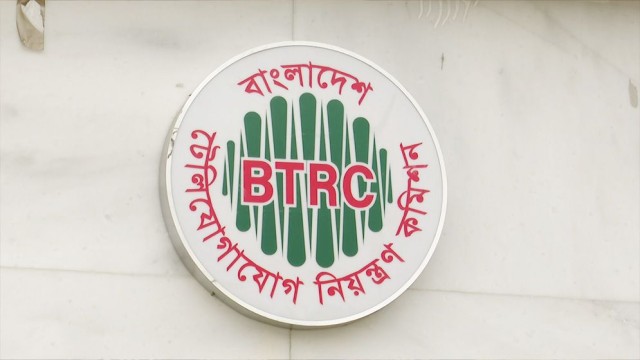
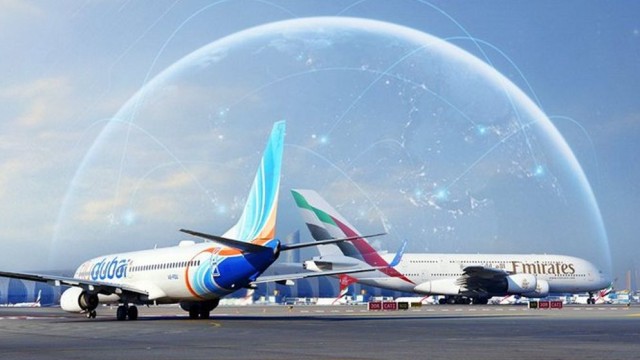
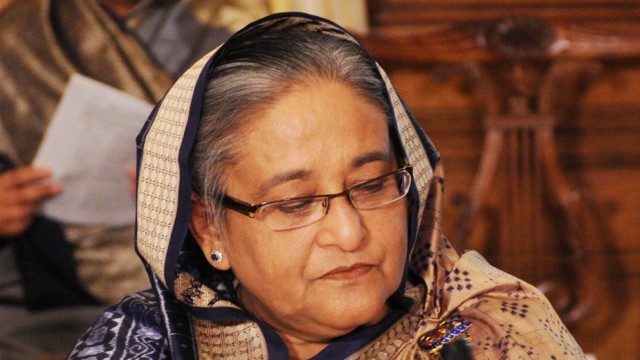



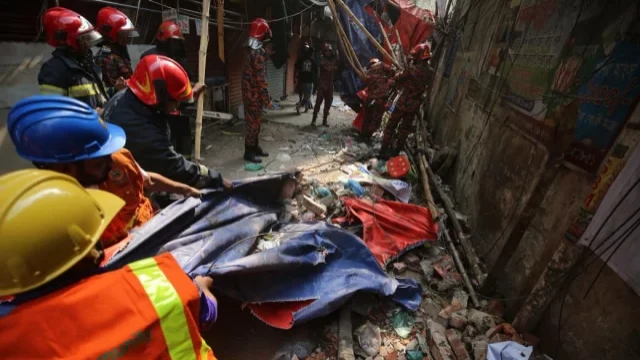
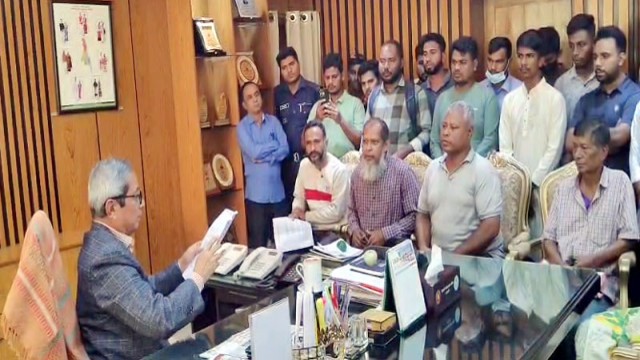
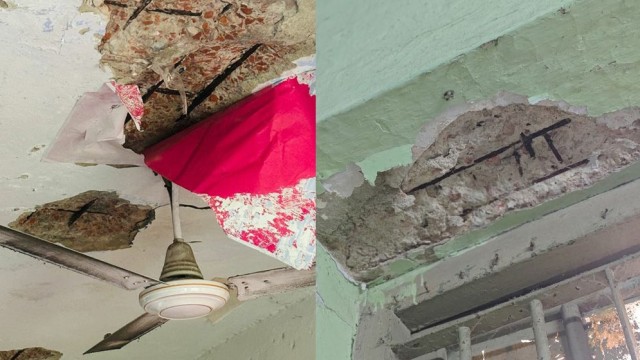
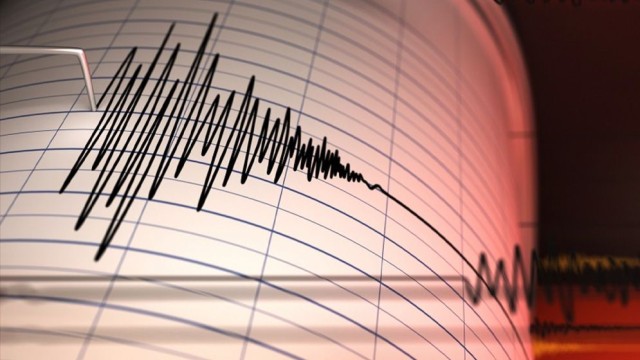

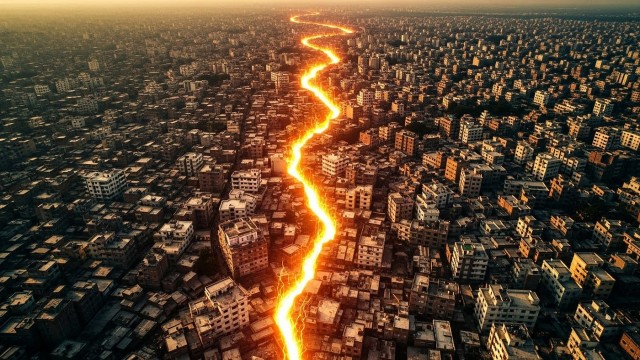


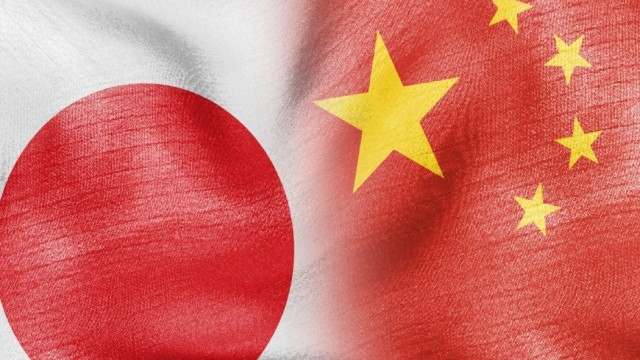
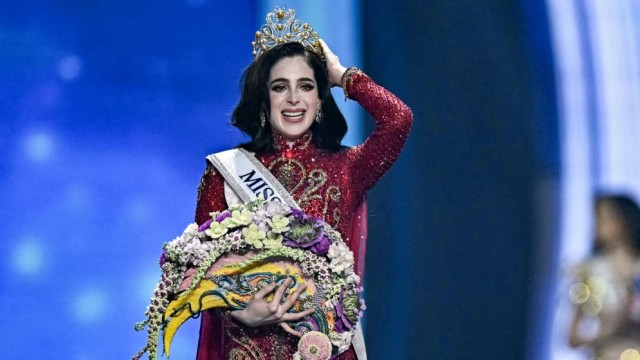
Comment: